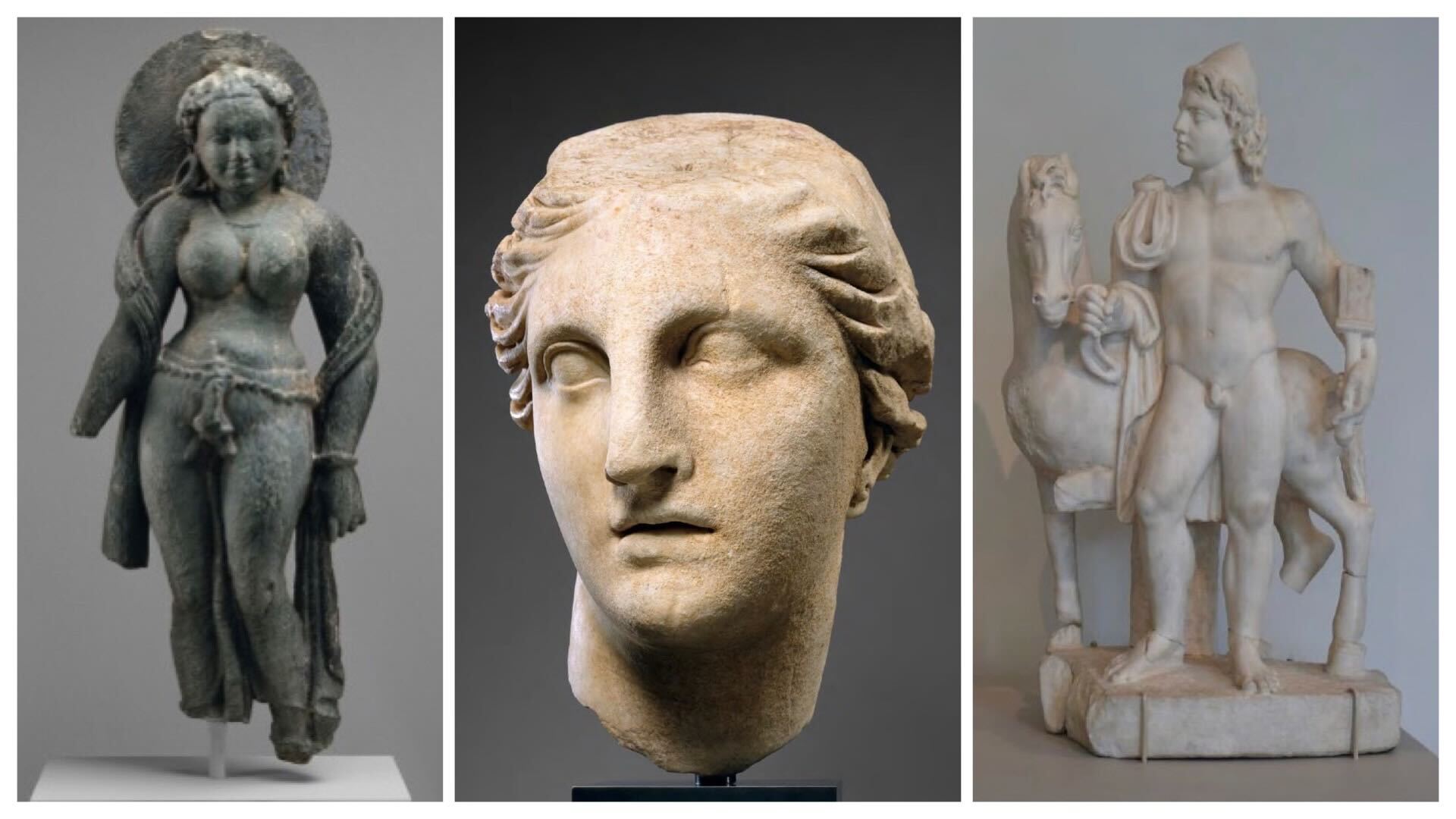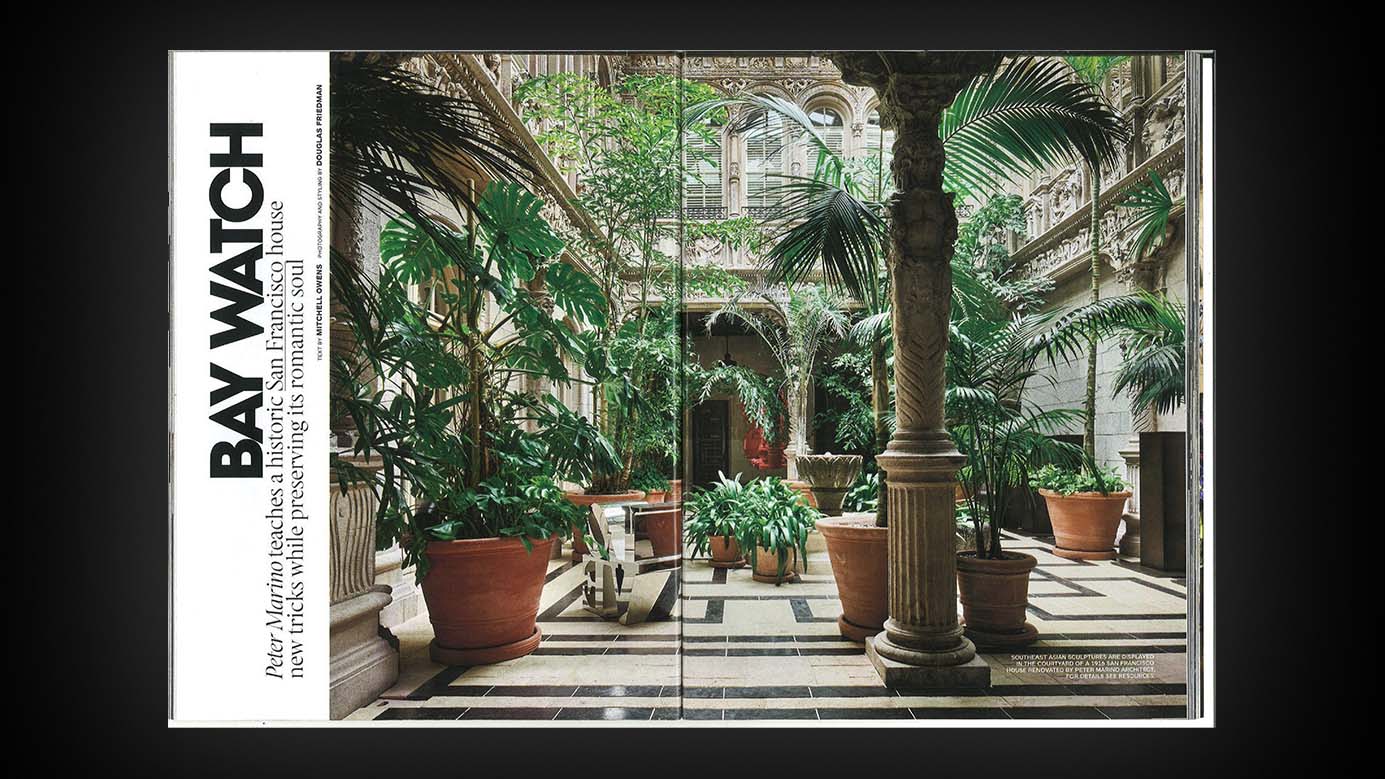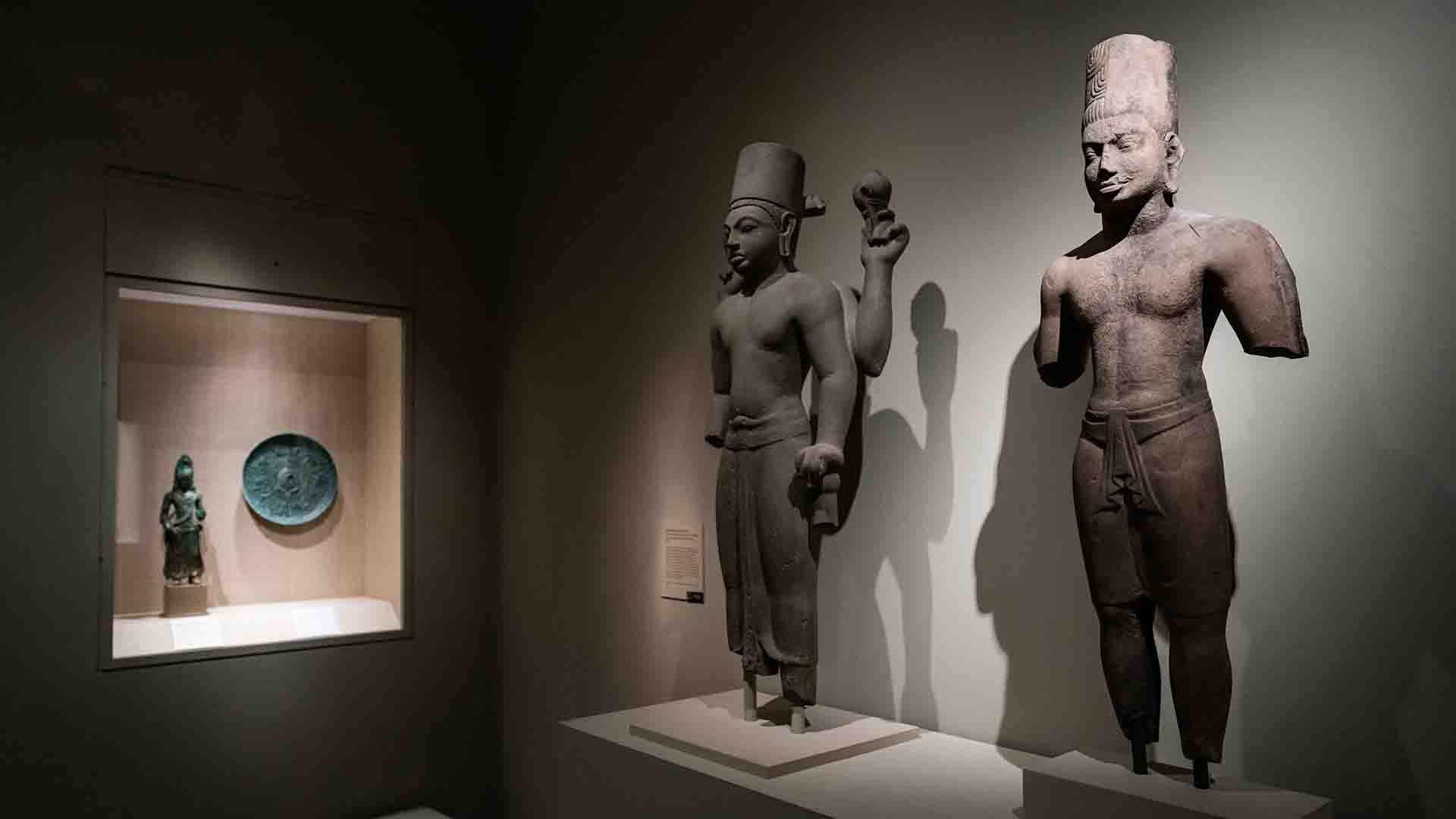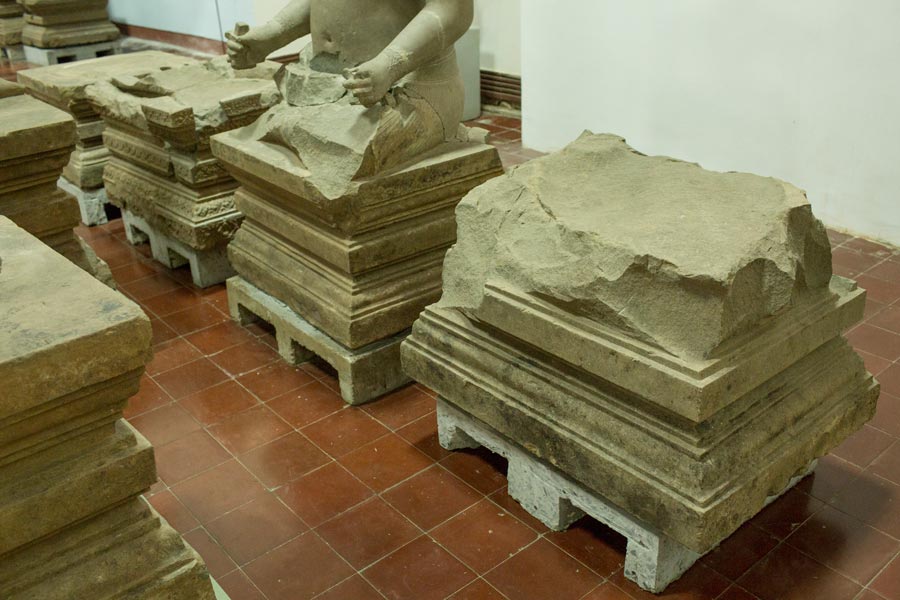ACCOUNTABILITY
Flurry of seizures intensify pressure on the Met over artifacts linked to accused traffickers
Ancient Greek statues were among a trove of relics confiscated by law enforcement in recent weeks, previously unreported search warrants show.

The largest museum in the United States, New York’s Metropolitan Museum of Art, is facing increasing scrutiny from police and federal agents investigating international art smuggling.
The Manhattan district attorney’s office has obtained nine warrants to seize ancient works from the Met since 2017, according to records reviewed by the International Consortium of Investigative Journalists and shared with reporting partner Finance Uncovered. Six of those warrants are from the past year alone, and cover more than 30 ancient relics.
In the largest seizure to date, in mid-July, state and federal agents confiscated 21 allegedly stolen ancient works valued at more than $11 million. The relics included a marble head of the Greek goddess Athena from around 200 B.C. and a pair of statues of the mythical Greek brothers Castor and Pollux that date to the Roman Empire, according to a search warrant.
Another warrant targeting the prestigious collection — this one for a sixth century piece depicting a Hindu deity from present-day India — was signed by a judge on Tuesday. The piece remains featured in the museum’s digital catalog.
These two most recent seizures haven’t been previously reported.
“The numbers are rapidly adding up,” Tess Davis, the executive director of the Antiquities Coalition, an organization that campaigns against the trafficking of cultural artifacts, said of the relics the Met has turned over to U.S. authorities or repatriated. “In what other context could you make headlines so often for holding stolen property and not face any consequences?”
A search warrant served on July 11, 2022, includes photos of nearly two dozen ancient artifacts seized by New York-based authorities.
In a statement, Met spokesperson Kenneth Weine said the museum is committed to the responsible collecting of antiquities, and that it has an obligation to research pieces’ ownership records and be transparent about them. Of the July seizures, he said the museum is supportive of the district attorney’s investigation and the repatriation of the pieces.
“The museum is a leader in the field in comprehensively reviewing individual matters, and it has returned many pieces based upon thorough review – oftentimes in partnership with law enforcement and outside experts,” Weine said. “The norms of collecting have changed significantly, and The Met’s policies and procedures in this regard have been under constant review over the past 20 years.”
Dubious origins
Many museums have faced increasing pressure to repatriate antiquities of dubious origin. But investigators’ interest in pieces in the Met’s collections, and stepped-up media coverage, have caused experts to wonder whether the institution might be forced into a larger reckoning over its acquisition practices — and what that might mean for the museum’s large collection of ancient treasures.
As ICIJ reported last year, the Met’s Asian collection includes Cambodian antiquities that passed through the hands of indicted art trafficker Douglas Latchford. The New York Times recently reported that the Cambodian government has enlisted the U.S. to press the Met for the return of dozens of Latchford-connected items.
Critics say the Met’s repatriation policy is often unreasonable, forcing countries that make a claim on a relic to provide incontrovertible proof that it was stolen or illegally exported.
The museum has called on the Cambodians, for instance, to present “evidence” that the Latchford-linked items were stolen — even though many items in its Khmer collection were acquired during an era of rampant looting, and some were sold or donated to the museum by indicted and convicted art dealers. In an interview with the Times, the Met’s former curator of South and Southeast Asian art, Martin Lerner, acknowledged he relied on “the goodwill and integrity” of dealers like Latchford in lieu of independently researching a relic’s origin.
As a major public institution, the Met relies on a good reputation for its survival. Major portions of its operating budget comes from either donations or public funding from the city of New York.
Increasing scrutiny and seizures by federal authorities follow several high-profile antiquities scandals that have bruised the Met’s reputation.
In September 2021, authorities seized three pieces from the Met that belonged to one of the museum’s billionaire donors, Michael Steinhardt. The action was part of a deferred-prosecution agreement struck between Steinhardt and the Manhattan district attorney’s office that required him to forfeit more than $70 million in looted antiquities. Some of these pieces had been loaned to the Met.
The agreement bans Steinhardt from collecting antiquities for life. A Met gallery of Greek antiquities is named after Steinhardt and his wife. The Met has not commented on the Steinhardt forfeiture and has posted no information publicly about seizures.
A Met spokesperson did not respond to questions about the museum’s relationship with Steinhardt.
Ancient Egyptian smuggling scandal
In another high-profile antiquities scandal in 2019, prosecutors seized a massive golden sarcophagus from the Met, which had purchased the piece from a dealer presenting forged origin records. An investigation by state authorities in New York found the relic had been stolen from Egypt. Met curators purchased it and had it shipped to the United States, even though there were red flags as to its true origin, according to an investigative summary by state prosecutors.
In response to questions about the coffin, the Met said it had been a victim of an international criminal organization that deceived its employees. The museum said it strengthened its collections policy to “provide more rigorous requirements verifying the authenticity of documentation and issued additional internal guidelines for provenance research in relation to the acquisition of antiquities, verification of documentation, and contact with source countries.”
In June of this year, authorities seized five additional ancient works from the museum’s Egyptian collection, following an international relics smuggling scandal that saw the former director of the Louvre Museum arrested in France facing conspiracy charges.
In February, the Manhattan district attorney obtained two warrants to seize two allegedly stolen pieces in different Met galleries – a Libyan statue of a veiled woman and an Egyptian bronze sculpture depicting a kneeling figure that experts believe depicts either a ruler or priest.
The investigators responsible for the seizures are part of an antiquities trafficking unit led by Matthew Bogdanos, an assistant district attorney in Manhattan. They’ve worked with federal agents in Homeland Security Investigations, a unit within the U.S. Department of Homeland Security.
Bogdanos, who previously served in the U.S. military where he hunted looted artifacts for Iraqi museums, said the July confiscations involved statues that had moved through the networks of two high-profile convicted antiquities traffickers — Giacomo Medici and Gianfranco Becchina — and a third dealer named Pasquale Camera, who, according to court filings in New York, was known to be involved in “illegal trafficking of Italian objects” prior to his death in 1995.
The Met has not been charged with wrongdoing in connection with any of the antiquities seizures.
The sheer size of the Met’s antiquities collection is among the largest in the world and puts it at a greater liability for claims of possessing looted works. It is also common — although not ideal — for museums to possess thin origin records, known as provenance, for ancient pieces acquired decades ago.
Bogdanos says that his office is not investigating the Met, but that prominent pieces of its collection have been swept up in investigations primarily focused on specific traffickers. In its five years of operation, his unit has begun to develop a fuller picture of international trafficking rings, and is receiving more tips from the public. “The pace is picking up,” Bogdanos said of his office’s art seizures. “Expect it to pick up more.”
ICIJ is collaborating with Malia Politzer, a reporter at Finance Uncovered, on investigations into the antiquities market.


